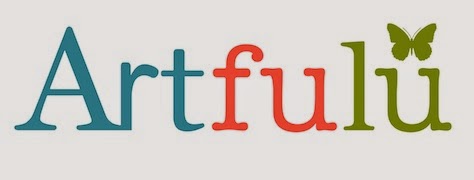Recycled Tile Art
Drawing and painting is made even more interesting when you experiment with different surfaces. Tiles are excellent for just that. They typically have a porous surface on one side and a smooth sealed surface on the other. I suggest using pastels, oil pastels, and watercolor paint, but you can experiment with any non-toxic child friendly medium.
The children will see the two surfaces react very differently to the pastels and watercolors. Let the child try both sides and see which one they prefer. Begin by offering the oil pastels. The oil pastel will act as a resist to the watercolor. Use light colored oil pastels first, and paint dark colored watercolor on top, to see the most dramatic effect. Soft pastels will blend with the watercolors when wet. Don't ignore the uneven surfaces of the tile. Its a great surface for rubbing the pastels on their sides to see the texture highlighted by the color.
When completed, the tiles can be mounted on mat board, cardboard, or foam core to be hung with ribbon. Other uses for the finished art can include: coaster, garden art, and/or paperweight. You can seal the tiles with a clear coat spray or acrylic gel medium to preserve the artwork for years to come. If the child choses to use the sealed side of the tile for their finished art, I don't recommend using them for any purpose other than wall art.
Materials:
Old tiles
Oil pastels
Watercolors
Soft pastels
Any other non-toxic child friendly medium
Acrylic spray or gel medium
Mat board, foam core, or cardboard (for mounting tiles)
Ribbon (for hanging mounted tiles)
Hot glue gun (to glue tile to board)








